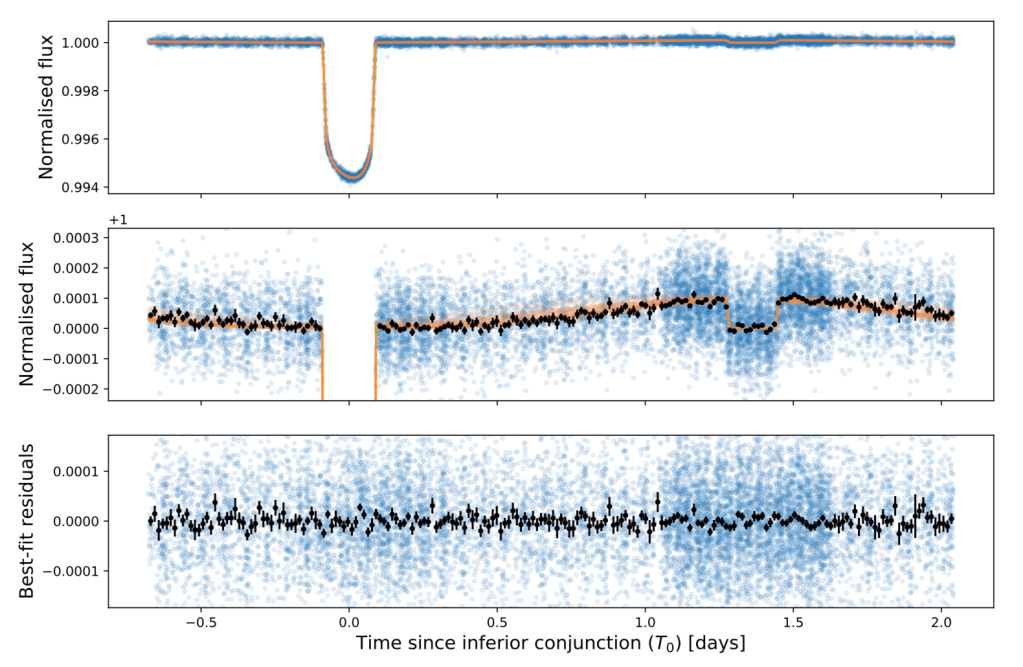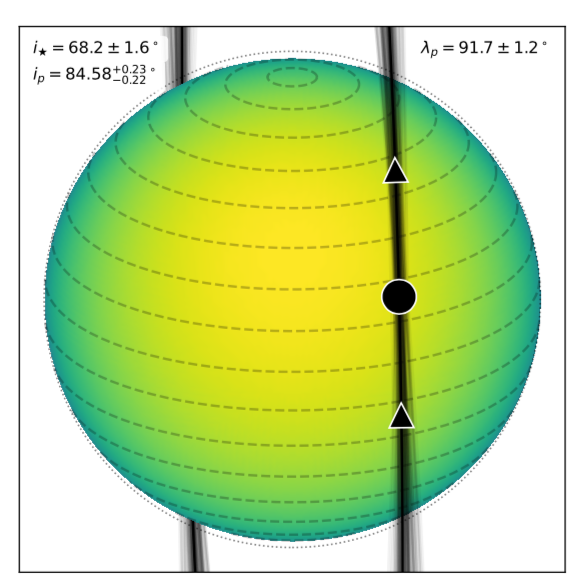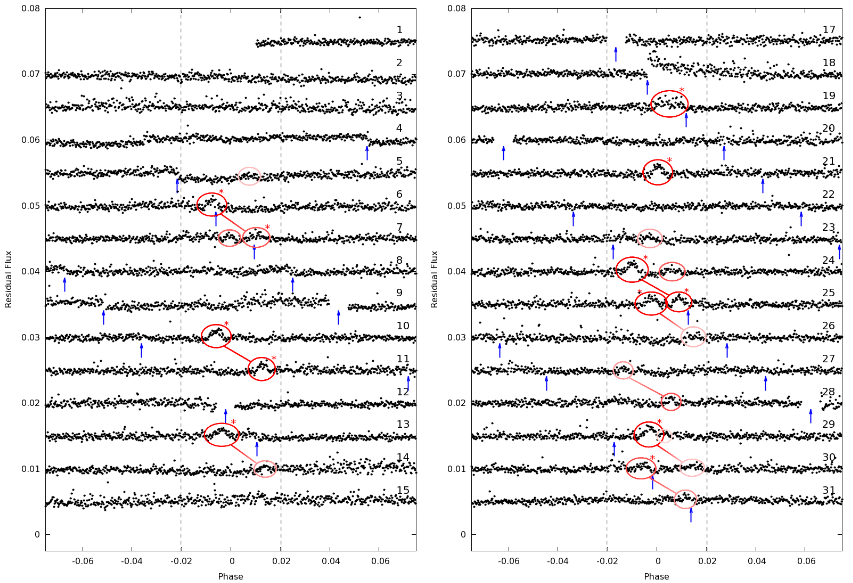Press release:
A 15-yr-old schoolboy has discovered a new planet orbiting a star 1000 light years away in our galaxy. Tom Wagg was doing work-experience at Keele University when he spotted the planet by finding a tiny dip in the light of a star as a planet passed in front of it.
“I’m hugely excited to have found a new planet, and I’m very impressed that we can find them so far away”, says Tom, now aged 17. It has taken two years of further observations to prove that Tom’s discovery really is a planet.
Tom found the planet by looking at data collected by the WASP project, which surveys the night skies monitoring millions of stars to look for the tell-tale tiny dips (transits) caused by planets passing in front of their host star.
Tom’s planet has been given the catalogue number WASP-142b, being the 142nd discovery by the WASP collaboration. It is in the Southern constellation of Hydra. While astronomers worldwide have now found over 1000 extra-solar planets, Tom is possibly the youngest ever to have done so.
“The WASP software was impressive, enabling me to search through hundreds of different stars, looking for ones that have a planet”, says Tom. The planet is the same size as Jupiter, but orbits its star in only 2 days. With such a short orbital period the transits occur frequently, making such planets much easier to find.
While the planet is much too far away to see directly, an artist’s impression shows how it might look. The hemisphere facing the star is hot, blasted by the irradiation from the star, while the other hemisphere is much cooler.
Tom, a pupil at Newcastle-under-Lyme School who has always been keen on science, asked for the work-experience week after learning that Keele University had a research group studying extra-solar planets.
“Tom is keen to learn about science, so it was easy to train him to look for planets”, says Professor Coel Hellier, who leads the WASP project at Keele. Tom has since achieved 12 GCSEs, all at A*, and wants to study physics at university.
The planet is one of a class of “hot Jupiter” planets, which — unlike the planets in our own Solar System — have very tight orbits close to their stars. They are thought to have migrated inwards through interactions with another planet. Thus it is likely that Tom’s planet is not the only planet orbiting that star.
For more information email waspplanets@gmail.com
Updates: Coverage on about 300 news websites worldwide, including: BBC News, ITV News, CNN, TIME, Salon, Yahoo News, The Huffington Post, The Washington Post, Toronto Star, The Telegraph, The Guardian, The Independent, Der Spiegel, News Deutschland, India Today, IOL South Africa, France, Chile, Australia, Mexico, China, and Russia.
[Err, Wow!, successful press release! Now on about 650 news websites worldwide, about 205 in English, 59 in German, 48 in Spanish, 106 in Russian, 30 in Chinese, 23 in French, 20 in Italian, 40 in Turkish, 26 in Portuguese, 23 in Indonesian, 14 in Greek, 12 in Bulgarian, 11 in Hungarian, 8 in Polish, 4 in Slovakian, and others including Tamil, Vietnamese, Thai and Malayalam!]


















